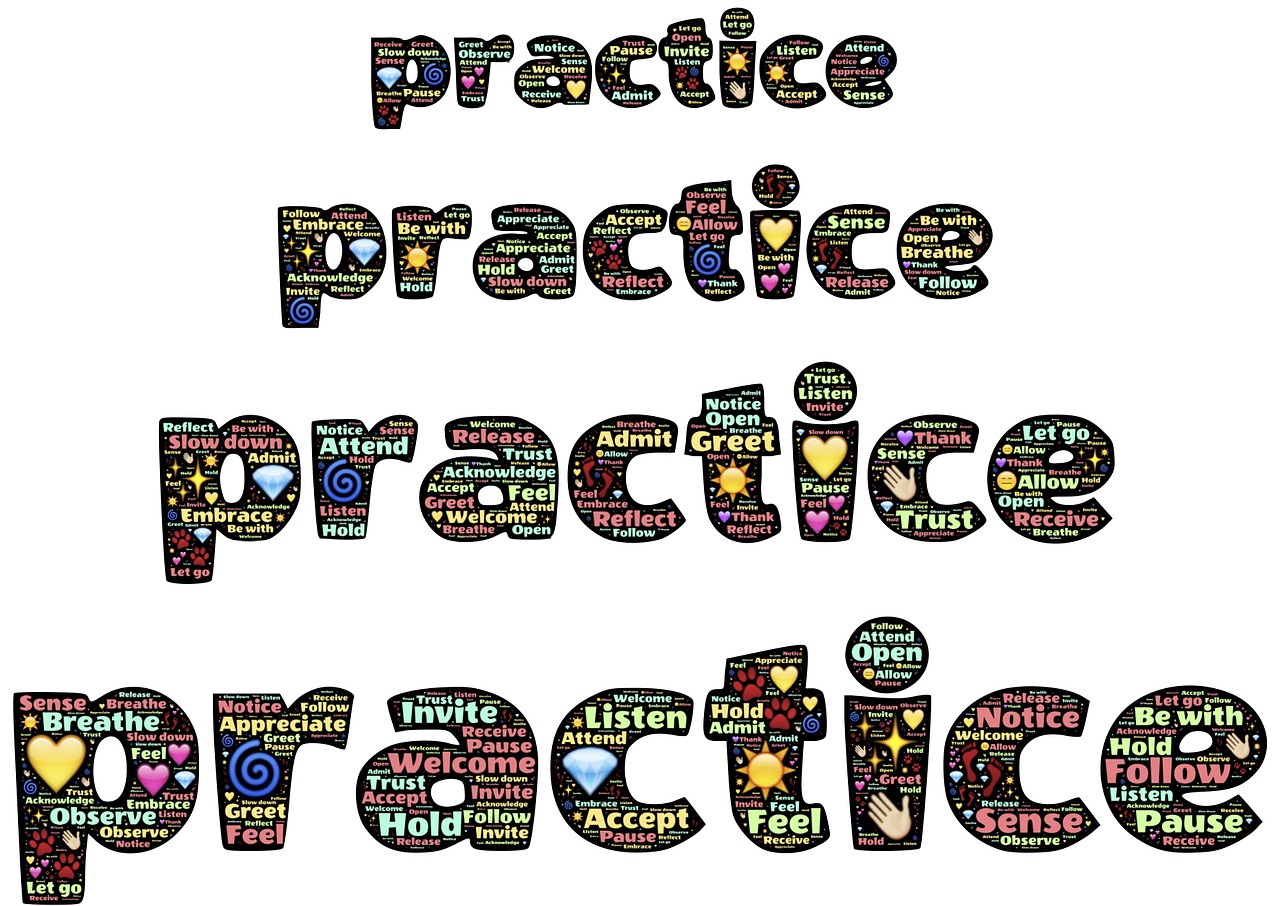
Do You Put Enough Robust Practice in Your Instructional Design?
Is there enough robust practice in your instructional design?
For those of us tasked with improving the performance of employees through training and development, we understand that learning is in large part the acquisition of new skills. The desired outcome is acquiring the ability to do something well that matters to the learner, their boss, and the company as a whole.
Skills are different from simple knowledge; they are the knowledge of how and the ability to get things done in a way that makes sense for your unique organizational culture.
The Importance of Practice in Your Instructional Design
As you evaluate a program designed to build a specific skill, you need to determine if practice is necessary for people to become proficient at that skill. Think of just about any sport; certainly, for baseball, tennis, or skiing, practice is a must if you want to achieve proficiency or mastery. But you then need to figure out how much practice is needed and what kind of practice is best.
Consider six facets of practice in your instructional design that can inform how you help train for proficiency: definition of high performance, high or low stakes, necessity for speed, variability of outcome, length of time required to competency, and degree of participant engagement.
That way your instruction design is focused on what matters most.
When the stakes are high, make sure that people practice until they prove that they “can do what you want them to do” quickly, correctly, and under pressure. That means that you must build in enough robust practice in your instructional design and performance testing to feel confident that people are set up to succeed.
Have you built in enough robust practice in your instructional design for the skills to become second nature?
What does this mean for instructional design? Skills required for leading, managing, and presenting require far more case examples, practice sessions, feedback, context, and individual coaching than building the more uniform skill of performing CPR.
Does your instructional design account for the variability of approaches required for high performance?
Certainly, the length of time to a specific competency can be compressed – just think about what living in a foreign country does for improving your language skills. Even so, the acquisition of a new vocabulary alone would dictate a training intervention that unfolds over time.
Does your instructional design for before, during, and after the training intervention account for a realistic time to competency?
Participant engagement is a great test of how robust the skill practice needs to be to get the results that you seek.
The Bottom Line
To make sure that the training program you design has the effectiveness needed for trainees to apply the desired skills on the job, test the instructional design related to practice and feedback against the six factors listed above. The better matched your practice is to the definition of high performance, stakes, speed, variability, timeframe, and engagement required, the greater the chances for skill adoption on-the-job.
To learn more about how to include enough practice in your instructional design, download How to Fast Track Your Leaders with Just-in-Time Action Learning
Explore real world results for clients like you striving to create higher performance